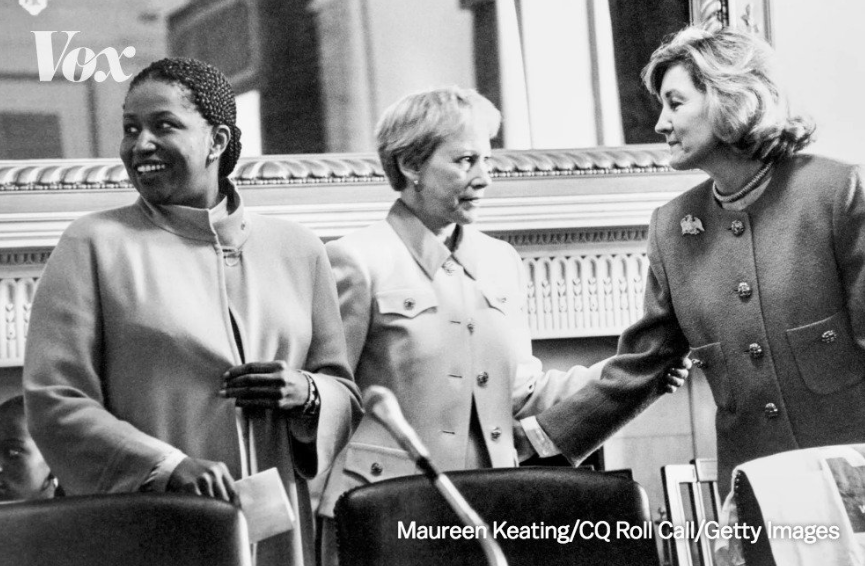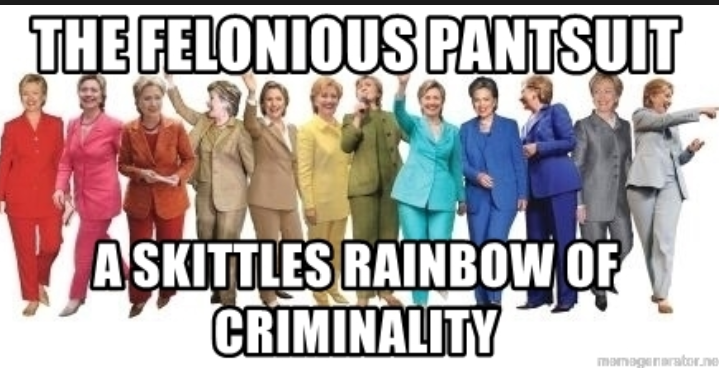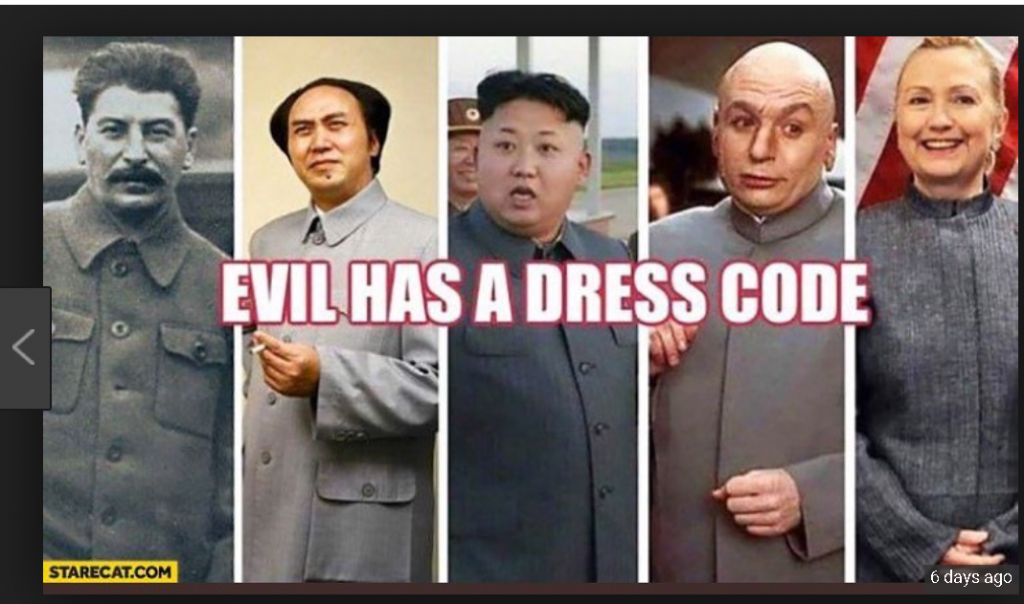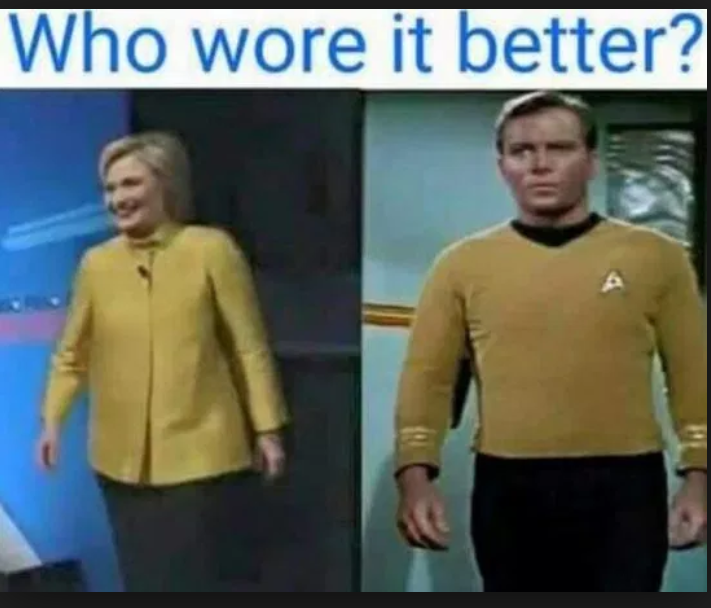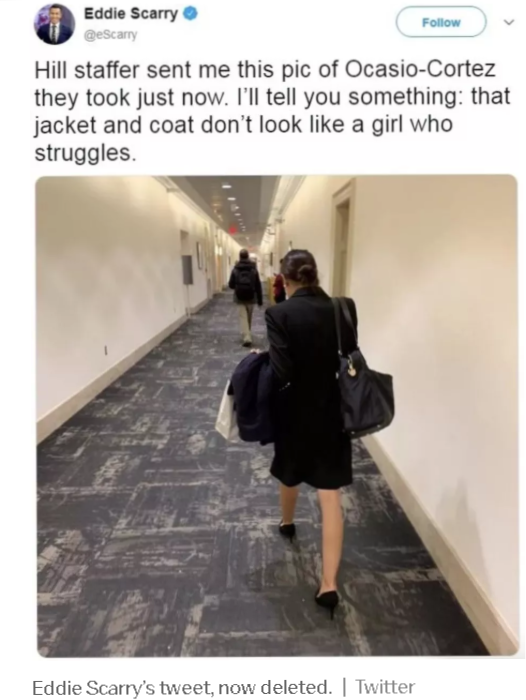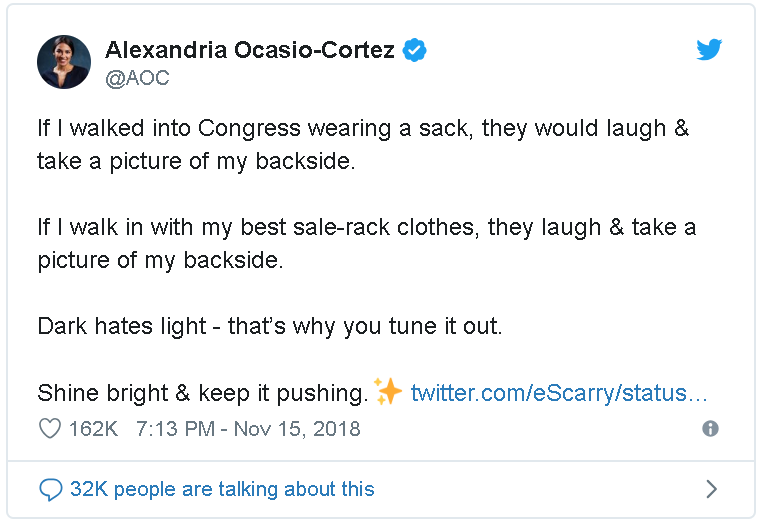Clothing and Fashion
Women who hold public office are analyzed, judged, and criticized for their appearance much more than their male counterparts. Their physical appearance and fashion choices are policed and restricted. As scholar Katherine Waller states, societal focus on fashion and appearance is important, stating “Primarily, it is valuable because it is a reflection of the values we hold as a society as well as representation of what we expect from women in power.” Female politicians’ clothing is restricted and under close scrutiny, and those who do not conform to these expectations often face backlash. It is also a source for attack, as physical appearance is cited by opponents of female politicians as “evidence” of being incompetent, too “spendy,” or unprofessional. Politicians’ clothing is used to belittle or dismiss female politicians and to unfairly judge their competencies as politicians.
Longstanding History
Jeannette Rankin, elected to the House of Representatives in 1916 as the first female representative, was exposed to scrutiny and examination over her dress and appearance as the first Congresswoman on Capitol Hill. Before Rankin could establish a track record of legislation or convey any of her political ideals, her appearance and mannerisms were portrayed and spread to the public, constituting her identity as related to her appearance.
“In a pattern repeated with most early women pioneers on Capitol Hill, many accounts focused on the new congresswoman’s looks and “personal habits,” with a level of fascination and scrutiny unlike that paid to Congressmen. ”
https://history.house.gov/Blog/2017/March/3-27-Masquerading-Rankin/.
In 1917, the Washington Post published an article about Rankin describing her as, “thoroughly feminine—from her charmingly coiffed swirl of chestnut hair to the small, high and distinctively French heels. She is given to soft and clinging gowns, and, according to her own confession, is very fond of moving pictures.”
https://history.house.gov/Blog/2017/March/3-27-Masquerading-Rankin/
The article was titled, “Congresswoman Rankin Real Girl; Likes Nice Gowns and Tidy Hair.”
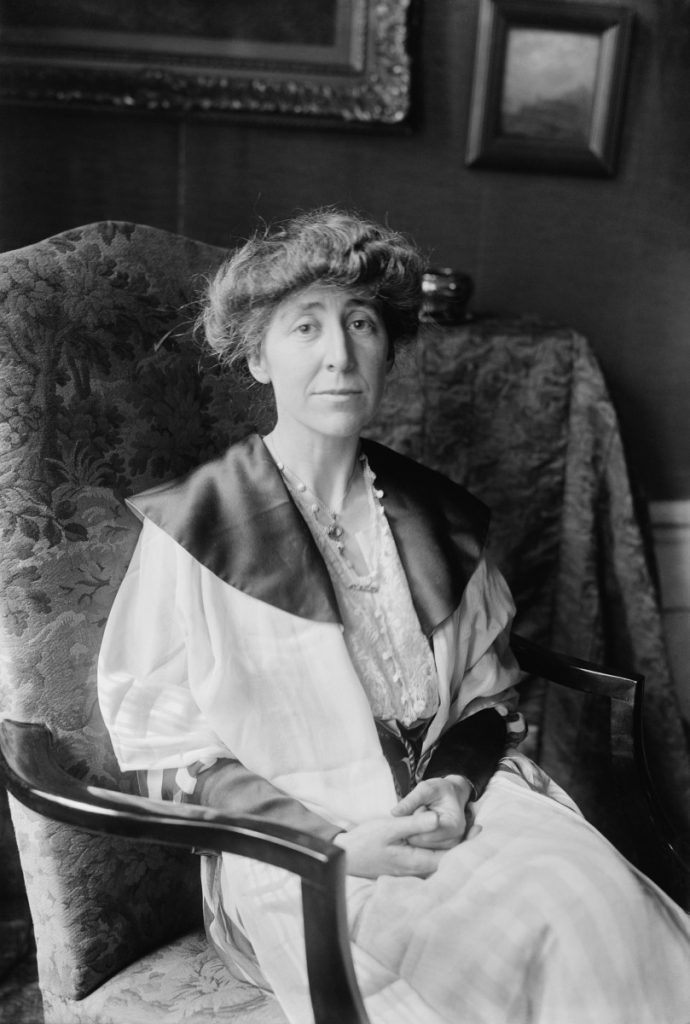
Restricting Clothing Choices
Women’s appearances are often judged against societal expectations and standards of first, what women should look like, and second, what a female politician should look like. These “rules” are not solely abstract, but are conveyed in actual limitations on dress code for women in politics. Until 1993, women did not wear pants on the senate floor due to an “unwritten rule”(vox). Moreover, there are still dress restrictions for Women on the House Floor, including for female reporters.
While pants are now common attire for women politicians, Congress still maintains a dress code that prohibits sleeveless dresses and open-toed shoes. While the idea of “proper decorum” is explicitly written down, the exact rules of what that means is open for interpretation. This allows a policing of certain types of clothes that women may wear, thus creating a normalized vision of what female politicians and reporters look like by restricting access to those who do not dress a certain way.
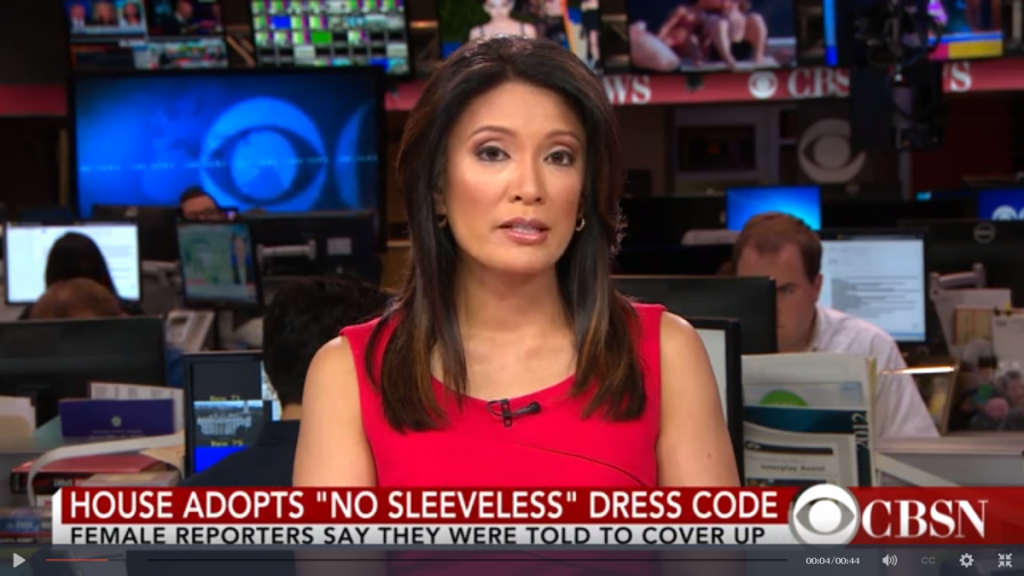
According to CBS, “
A young, female reporter recently tried to enter a guarded room known as the Speaker’s lobby outside the House chamber, but her outfit was considered inappropriate because her shoulders weren’t covered. She was wearing a sleeveless dress.” https://www.cbsnews.com/news/are-sleeveless-dresses-appropriate-attire-congress-doesnt-think-so/
These restrictions show society’s desire to restrict and force females in politics to conform to and fit norms that limit individuality and creates an image of what a female politicians “should” look like.
Identity and Appearance
Dress code for female politicians also discriminates against certain religions and ethnicities. Moseley Braun, the first black female senator, faced controversy for wearing braids, and recently, Representative Ilhan Omar fought against and successfully lifted an 1834 ban on head scarves. These controversies show that women who are outside of the “normal” identity and image of a female politician face additional backlash.
Using Appearance to Discredit and Attack
Women in politics are often criticized by media for their choices in clothing. Depending on what they wear, they are commonly cited for wearing expensive clothing, or wearing non-feminine clothing, which is used to attack the candidates and politicians.
Hillary Clinton
Hillary Clinton is one politician who highlights the way women can be attacked and ridiculed heavily for their appearance and clothing. As scholar Jessica Ritchie states, “Clinton’s refusal to conform to gender norms in her appearance and behavior resulted in a particularly brutal media attack on both her character and her gender.” Hillary is often criticized for wearing clothes such as pantsuits, which are deemed not “feminine enough.” As fashion designer Tim Gunn said in an interview with George Lopez, “Why must she dress that way? I think she’s confused about her gender [with] all these big, baggy, menswear tailored pantsuits,”
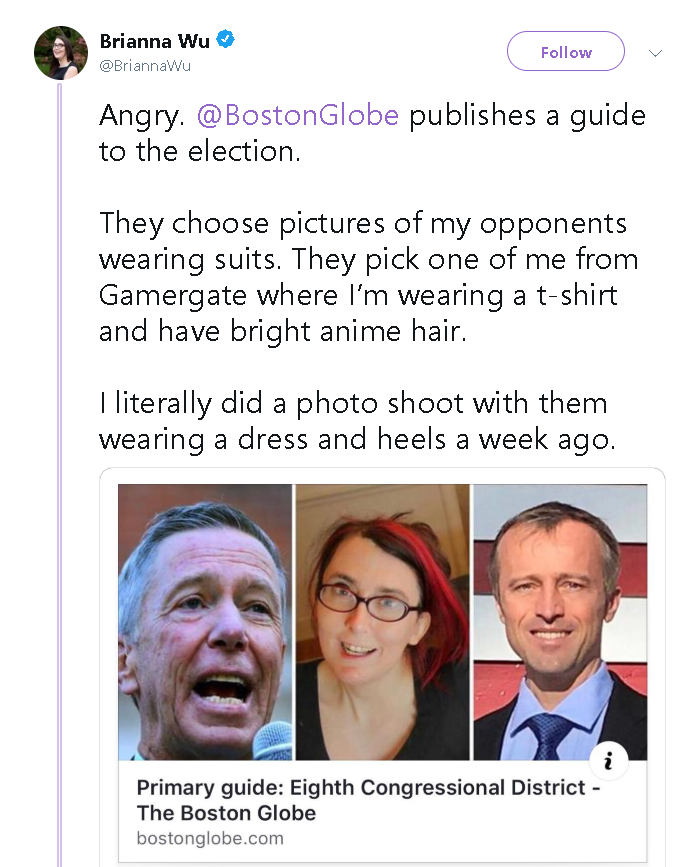
Citing Appearance can also be used as an attempt to discredit women as not looking “professional” enough. One candidate expressed her discontent at being purposely portrayed in a certain way. Her picture is not “typical” for what female politicians are “supposed” to look like. Therefore, female politicians like Brianna Wu are wary of facing this backlash and being viewed a certain way by voters due to how they appear as female candidates.
Money
Some female politicians face the lose-lose situation of either being critiqued for not wearing clothing that is feminine or sufficiently fashionable, while also facing insults for wearing clothing that looks nice or expensive. Alexandria Ocasio-Cortez was criticized for wearing a jacket that apparently looked too expensive for someone with working class origins (vox).
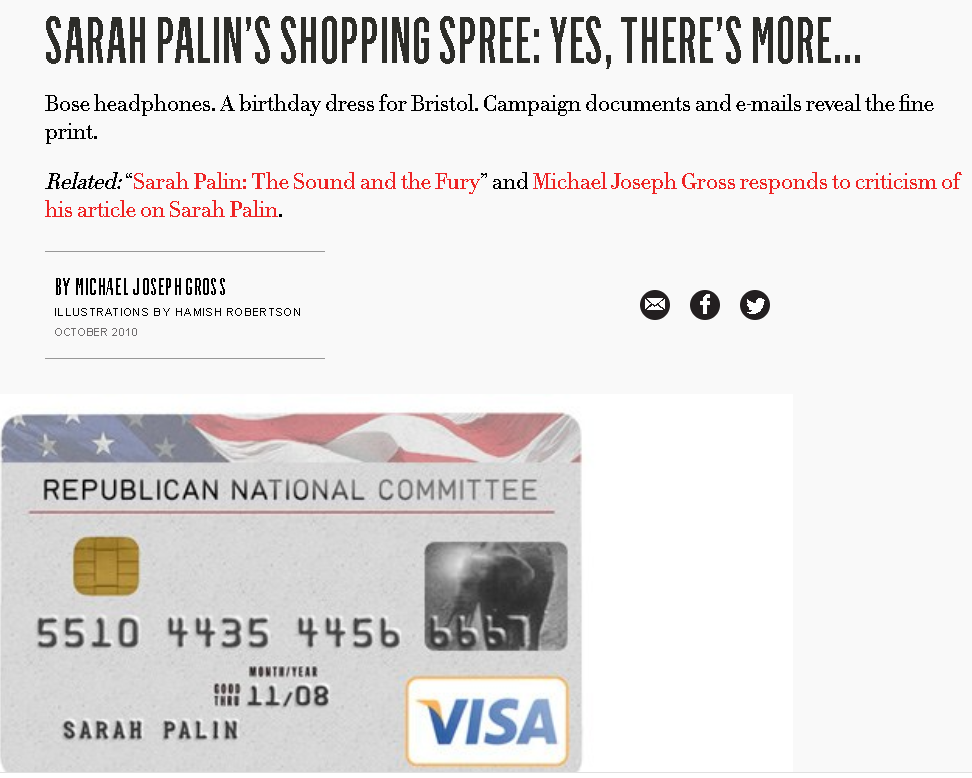
Sarah Palin also faced criticism for wearing clothing and accessories paid for by the Republican National Committee, even though the decision to purchase the clothes was not made by her.
These attempts by the media and individuals to delegitimatize and attack women in politics for their appearance conveys a deeper sense of misogyny in the political sphere. The targeting of women for their appearance and the desire to restrict and create a sense of what a “normal” female politicians looks like shows what society is and isn’t comfortable with when it comes to women who wield or seek political power.
